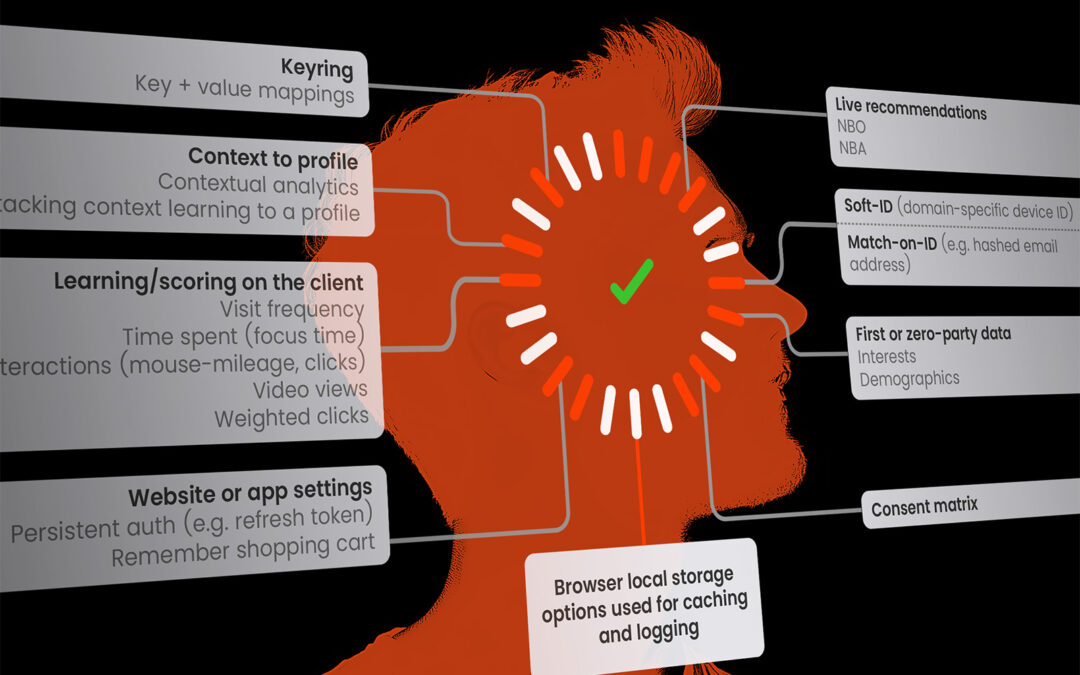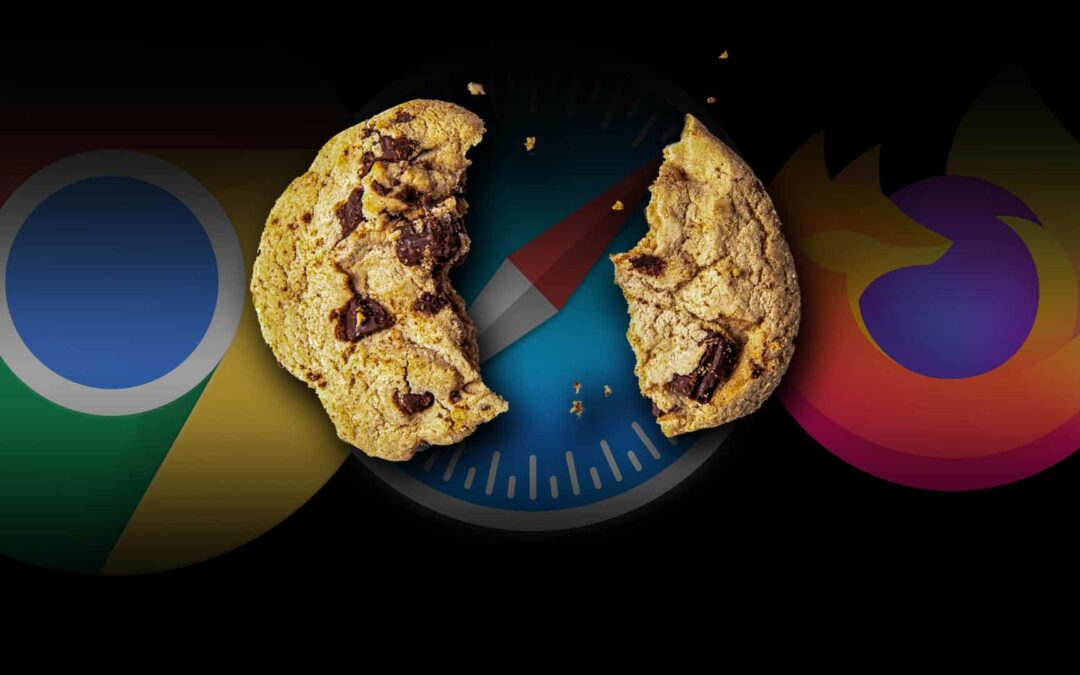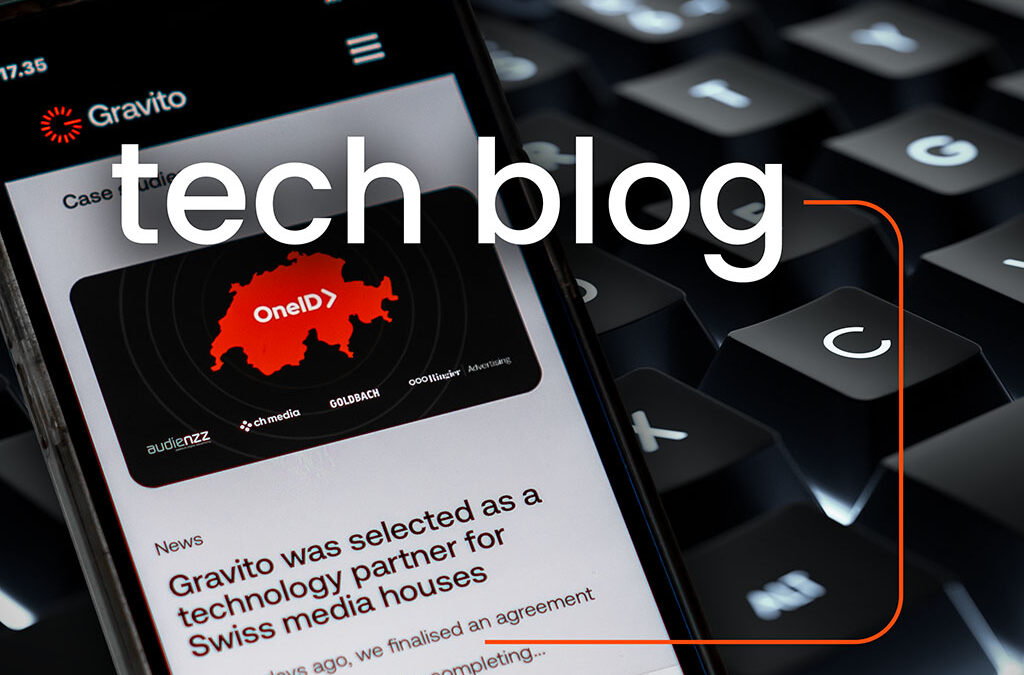Disclaimer : While writing and publishing the blog there has been lots of discussion about programmatic advertising with reference to the court ruling over how IAB Europe’s consent popups being unlawful. This article does not discuss anything about this topic. This article is just an introduction to Programmatic advertising and the changes that will affect it in general in the future
In this blog on how Programmatic Advertising works, we start from scratch and work our way up to understand how the complex world of automatic media buying works. We will also try to explore the implications that the new privacy law changes and the death of third party cookies are having on the marketing landscape. Finally we look at the options that the companies have going forward.
How Advertising works
Let’s start with what popular newspapers and magazines do. They have an “ad space” allocated for in their publication which they sell to companies. The logic is simple, if you want space for your ad on the front page it’s going to cost you more. I hope this part is clear.
Current times
When it comes to the current times, say for.eg you have a web page where there is a lot of traffic. You can be a news outlet or a popular public forum or even a tabloid newspaper. Now, since you noticed that you have a lot of traffic, you can sell some space on your webpage for putting banners and ads. This is a good revenue source.
: Example of Banner ads
In the beginning you could put a static banner of a brand, but then over time this evolved into a fully automated system.
To understand more we will need to understand some of the most common terms used in advertising. Let us start with Media buying
Media buying
Media buying is a process used in paid marketing. The goal is to identify and purchase ad space on channels that are relevant to the target audience at the optimal time, for the least amount of money. Media buying is a process relevant to both traditional marketing channels (television, radio, print) and digital channels (websites, social media, streaming). When done effectively, media buyers achieve maximum exposure among their target market for the least amount of spend.
What is programmatic advertising?
Programmatic advertising is the automated buying and selling of online advertising slots or space.
The market for digital advertising space is run by ad exchanges, who operate computerized auctions that bring together both parties of the transaction:
- Advertisers, who want to buy ad space on the publishers page.
- Publishers, the website owners with advertising space to sell.
Programmatic advertising takes care of the entire process in a fraction of a second. It uses algorithms to handle the sale of digital ads space and placements. Programmatic also is programmed to serve impressions more accurately, efficiently and at scale, which means better ROI for advertisers and publishers alike.This depends on many factors like the browsing history, device of the user, their demographics etc
SSPs and DSPs
SSP: A supply-side platform is a platform used by publishers to manage, sell and optimize available inventory or ad space on their websites and mobile apps in a fully automated and efficient way. In short, with the help of an SSP, publishers can show banners, video and native ads to their visitors, and monetize their website and apps. I had found this really good blog post about what is an SSP here
DSP: A DSP (Demand Side Platform) enables advertisers to purchase ad impressions on publisher websites, made available via ad exchanges and networks. It also enables advertisers to target certain audiences via data such as location, age, previous online behavior and more. The advertiser enters bids for ad space via the DSP, and the DSP automatically allocates ad impressions based on the advertiser’s bid price and audience targeting preferences. Recently, AI and really intuitive algorithms enabled real-time bidding on ad space that matches consumer profiles very efficiently improving conversion.
Role of Cookies
One of the most important building blocks of this setup is identifying the user browsing the website accurately. Making sure that the advertiser has enough and relevant information about the user is key in this setup. Even though used as a hack initially, third party cookies were used for this purpose and it was really good at it. But the problem was that the third party cookies could be abused as well. The main issue with using Third party cookies was the issue with privacy. Starting with Apple, Firefox and now Chrome the use of third party cookies is depreciated and this change is pretty massive. Daily there is millions of dollars worth of advertising money which is flowing around using third party cookies. Let me explain.
Third-party cookies
Considering that the main goal for advertisers is to minimize their spend on ads and maximize their return on investment. This basically happens by targeting advertisers campaigns to a specific set of people, also called audiences. Third-party cookies allow us to identify those people who are interested in a particular thing like electronics, travel etc and show those personalized ads to them. Targeting and retargeting are basic use cases, but of course they’re not the only ones. Identifying the user also allows us to run frequency capping, which involves identifying whether a person we are trying to reach has seen an Ad a specific number of times and then stop.
Third-party cookies also help us measure the effectiveness of our campaign, which helps us to understand which ad caused a conversion and when. So, just to summarize, third-party cookies allow us to identify and track those people across multiple sites, understand what they are doing and, based on that, display certain ads to them.
We have done a detailed analysis of how the death of third party cookies will affect the landscape here.
The Big Shift
Now that we have discussed how the programmatic works, we need to look at what is changing or what will completely change in the coming years. The third-party cookies have been blocked in Firefox and Safari since 2018 or so and soon (hopefully by 2023) chrome will also stop supporting the use of third party cookies. This big shift has been cause by basically two things
Policy Changes
Starting with GDPR in the EU , there are many governments around the world who have made tracking of users across the internet unlawful without specific consent from the users. The California state CCPA is another example of this. The nagging consent screens on webpages are the results of that. Web sites are supposed to get a specific “Accept to being tracked” from the web users.
Privacy Concerns
Even Though it had nothing to do with third party cookies, the Cambridge Analytica issue added fuel into an already existing fire. The fact that a third-party company was tracking the users online behavior and manipulating voters to influence election results came as a shock to everyone. Tracking online usage and influencing what users see on a page came under scrutiny. Publishers and Advertisers around the world had been using 3rd party cookies to do the same in terms of ads for so many years. As people started taking privacy and online tracking seriously, companies had to comply. Apple’s push as a privacy first company also made others follow suit and the support for the third party cookies slowly started dying.
Whats next ?
Currently, there are three commonly discussed solutions to the problem that we have discussed. There are pros and cons to each approach. There are going to be winners and losers too based on which approach will be chosen in future. That being said, one thing is clear: there is going to be a big consolidation of different marketing technologies that are being used now.
Browsers based Model
Originally suggested by Google (and now changed again while this blog was being written!), how this approach works is that, the browser itself will collect information about the users online behavior. Based on the behavior the user is pushed into segments and based on this different webpages can show ads on webpages. This is called FLOC or Federated Learning of Cohorts. This has been tried out by Google already on chrome browsers outside the EU. They say that this supports fully anonymous ad targeting
Latest update is that Google is giving up on FLoC, after a year of criticism, and replacing it with Topics, a much less granular system. Like FLoC, Topics uses the web browser to watch your activity and infer some of your interests, and then provides a sample of those interests to each website you visit so that it can show you relevant ads without anyone tracking what specifically you have been looking at.
The problem with this approach is that Google or Chrome is still going to track all the users’ activity still(even though anonymously, but device fingerprinting still could be used.). Also, this will give too much power to the browsers(read Google..) and they decide what ads the users see.
First party Id’s
In this case instead of dropping third party cookies, publishers would still drop cookies, but in the first party context and track the users actions. This enables the publishers to collect their own first-party data about their audience, which might include information about the content they’re viewing, the kinds of topics they tend to be interested in, and possibly survey responses about their interests and demographics. They can use this data to divide their audience into segments, and sell ad space to advertisers who want to target those segments. In this case the bigger publishers like New York Times will come out as winners as they will have a large set of data and they can sell that to other brands after striking a deal. The smaller publishers will end up on the losing side. At least, in this case the end users will not be tracked by third parties (whom they don’t even know about) but only by the webpages which they trust.
First-party data comes with fewer headaches around complying with privacy regulations and managing user consent. But first-party data is also much harder to get than third-party cookie data. For. eg in a multi domain set up the publishers will still have to do some heavy lifting to match the data and make sense of the visitor across their different publications.
Identity based solutions
A central authority would issue an ID to every user or browser based on one of his/her unique attributes like email or mobile number. Based on this a hashed value of this identifier (for. Eg. email) will be passed on to identify who is browsing the web page. Whenever a user logs in to read an article or make a purchase, the ad platform will know about them. The problem with this approach is two fold.
- Requires login: As you would have seen in many publications already, they are asking you to login to enjoy the content.
- Multiple Universal IDs: There are already multiple proposed universal ids e e.g. Unified ID 2.0 created by Trade Desk and managed by Prebid, ID5 Universal ID, Merkel Merkury ID, and LiveRamp’s Authenticated Traffic Solution (ATS) and IdentityLink Consortium (IDL). This means that the industry will fail to settle on a single best Universal ID to use. Without a single source across the entire industry, these solutions become anything but universal. In order to match users, it requires enough publishers to sign up to the network to have enough volume to match users.
Conclusion
Programmatic advertising is key to having free content on the internet. We have got used to reading news articles and blogs for free on the internet without realizing that the tech that makes it possible is the tracking of your behavior and showing ads on the page that you read. Doing this without your permission is wrong obviously and thus the future will see a lot of marketing tech consolidation. That being said, we will need to see how much privacy benefit will come to the end consumer. For eg. In the US there is a conflict that more than 72% of the users don’t want to be tracked, but still 71% of them would like to see relevant ads when they browse through web pages. One thing is for sure, these changes would increase drastically the number of popups with paywalls, pay with consent( or data) that the end users will face in the future while browsing the internet.
This in turn will raise awareness with the end users about how often they are tracked on the internet. This will also force publishers and website owners to take privacy seriously and be transparent to the end users on how they use the data and to what extent.
References
https://www.iabseaindia.com/blog/privacy-in-programmatic-evolving-data-privacy-for-all-of-us-part-1
https://www.iabseaindia.com/blog/privacy-in-programmatic-publishers-guide-part-2
https://www.iabseaindia.com/blog/privacy-in-programmatic-data-privacy-a-buyers-guide-part-3
https://www.outbrain.com/blog/publisher-trends-2022/
https://outbrain.com/blog/programmatic-advertising/
https://blog.chromium.org/2020/01/building-more-private-web-path-towards.html
https://www.outbrain.com/blog/what-is-a-demand-side-platform/
https://clearcode.cc/blog/what-is-supply-side-platform/
https://clearcode.cc/blog/third-party-cookies-adtech-video/
https://qz.com/2000490/the-death-of-third-party-cookies-will-reshape-digital-advertising/#5





